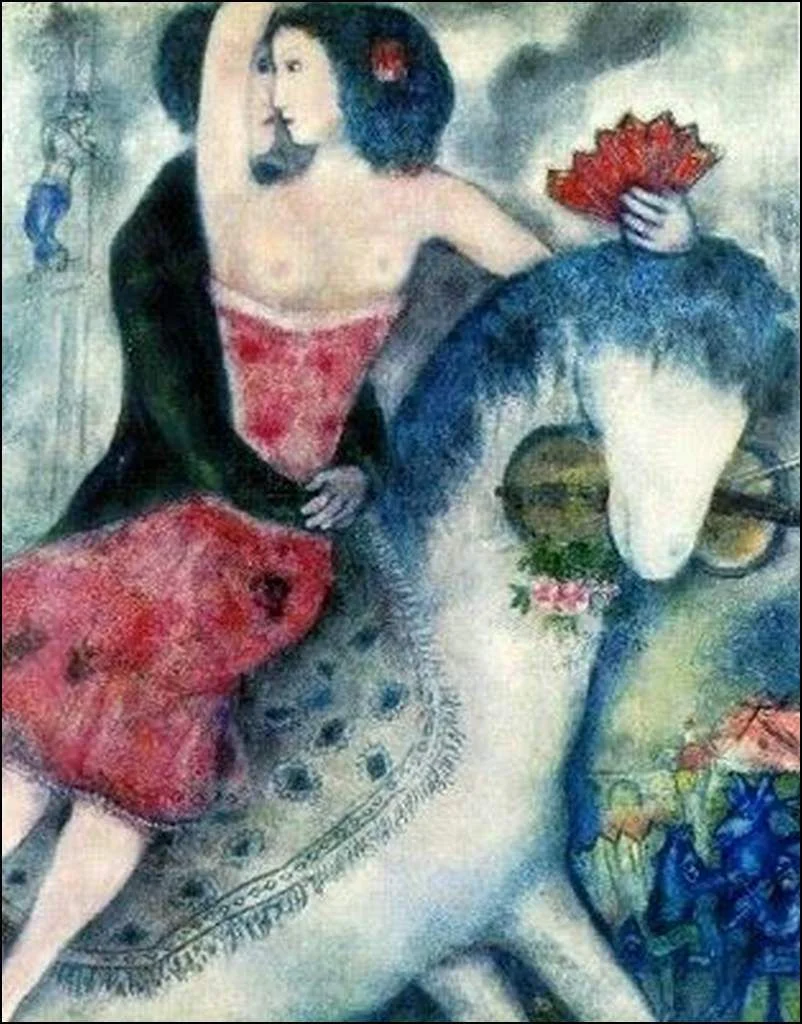Some history first, where were you born? Where were you brought up?
I was born in Belgium, where I studied Literature.
My travels in Asia and North America – on the road, like a hippie – as well as 2 years spent in the Mauritanian desert, have changed the way I see the world and people.
My travels in Asia and North America – on the road, like a hippie – as well as 2 years spent in the Mauritanian desert, have changed the way I see the world and people.
Where do you feel from?
I feel European. More European than Belgian.
Do you think your origins influence your art/enhances your vision?
There is a very particular Belgian way of seeing things. I think we are very serious but at the same time we do not want to take ourselves seriously. That odd mixture of lightness and hard work makes a strange “mayonnaise”.
What brought you to your art?
Childhood friends.
As teen-agers, we used to travel around Belgium to “do” weddings and reporting, none were ever published or screened, of course.
Who was your favourite artist as a kid?
Chagall. For his colours and his fantasy.
When I was 14, for some school assignment, I remember going to an arts shop. Amongst thousands of postcards, I picked a little known Chagall: a grey donkey, rising up in the sky, like a windbag; a newly-wed couple in love, colours and roofs.
My choice shocked my parents. In the hotel bedroom where they were spending their holidays and where I presume I was conceived, Chagall’s exact same work hung framed on the wall.
[ C ] Marc Chagall - Don't let that Horse eat the Violin
Coincidence, of course, but also those parallel realities that I like to photograph.
Are you a natural or did you study your art?
Photography is a passion. And a pleasure. And pleasure is something one learns.
As a teen-ager I taught myself shooting and printing techniques. Years later, for a period of 8 years, I took an Academic course. I find the ‘eye’ of others on one’s work, as well as their way of seeing the world, are necessary to improve one’s work and keep on questioning oneself.
Where was your first exhibition?
In Brussels; the ‘Passenger’ series in a group show with a painter.
What did you learn from your first exhibition?
I was discombobulated : I sold a dozen photos. I acquired self-confidence in me the photographer doing that show.
What convinced you to pursue your art career full time?
A friend of mine, an Art Historian, advised me to pursue my work.
Furthermore, to sell an artwork is more than just a commercial act. To sell an artwork means the buyer is ready to sacrifice hours working for the sole purchase of an artistic emotion. That, for me, is a formidable motivation. Therefore, I am grateful to people who buy my photos, for all the energy that is being given. They are the ones thanks to whom I improve and never allow myself to give up.
Where do you get your inspiration from?
Crowded public spaces, railway stations, waiting rooms, daydreaming on train or bus trips.
Parallel world that appear in windows and their reflections.
I am also studying the History of Photography. It is imperative to feed on the works of the 19th and 20th century to aspire having one’s own eye and style. Photographers of the Past are the seeds of the Present.
Do you feel protected or exposed by your art?
How can one live without any artistic activity? How can one stand the emptiness?
How can one not be crushed by ugliness and stupidity?
I also write. I feel more exposed through my writing though.
How can one live without any artistic activity? How can one stand the emptiness?
How can one not be crushed by ugliness and stupidity?
If there were a message in your art, which one would you like people to get?
The magic of the world and the existence. Its colours and shapes. Very close by, every day, in the banality of everyday life. One can, of course, see only the grey and eerie side of it. This, however, is not my choice.
Do you agree with “everything is personal, everything is political”?
Yes. And at the same time, it is a rather vague expression.
I believe I possess, through my readings, a sufficient political knowledge. My photography, however, is not documentary photography. I neither preach nor condemn. I try to create emotions by showing the magic of the world. I do not believe I have the power to change things. It might be unfortunate. In Mao’s China, I would have been sent to one of his reeducation camps. In the former USSR I would have been sent to Siberia for being an unrepentant ‘petit-bourgeois’. I am sorry but that is how it is.



